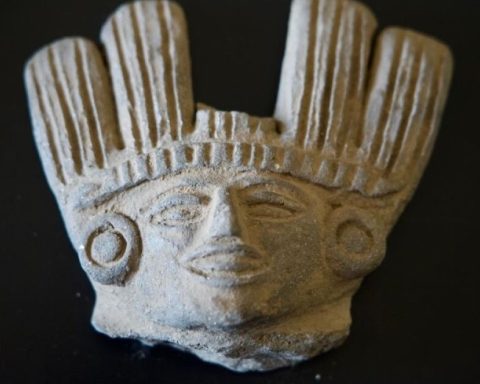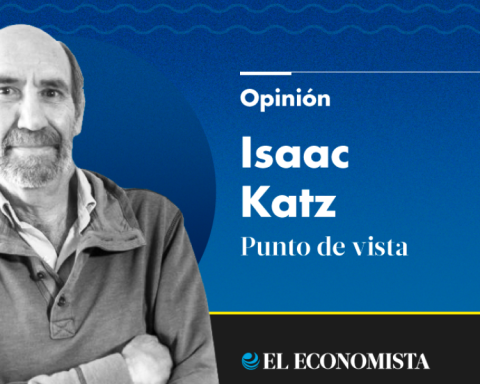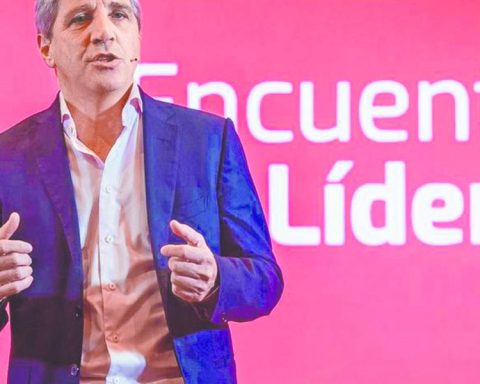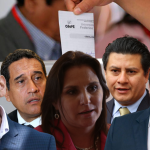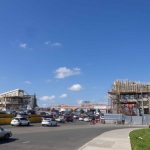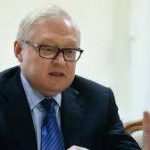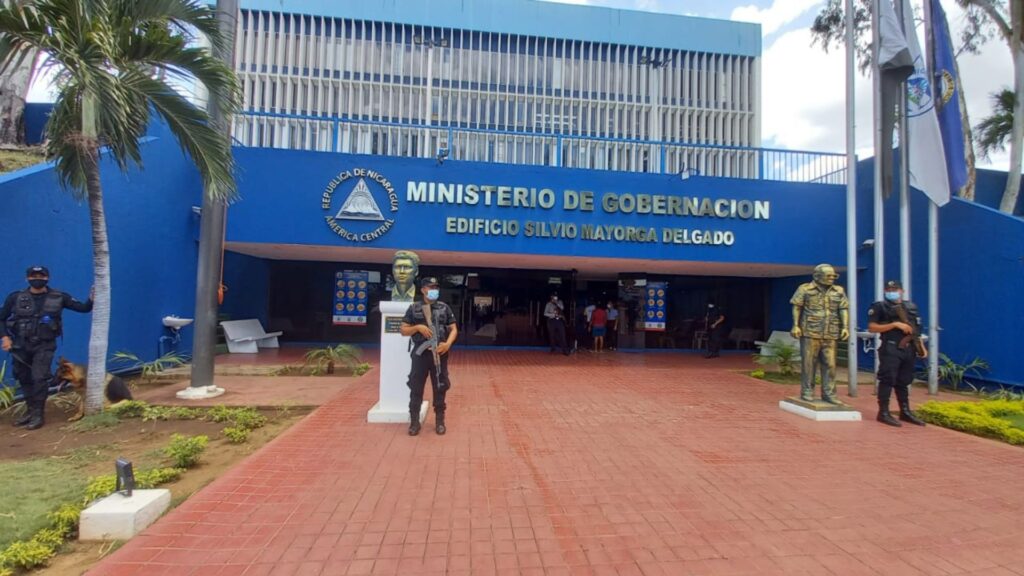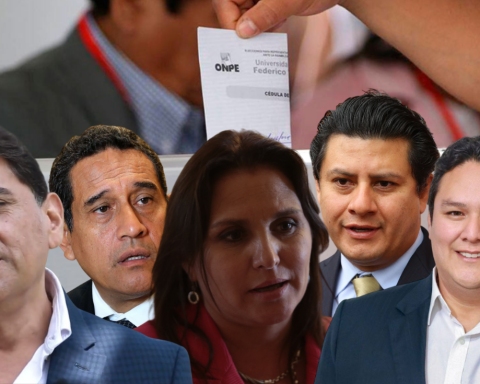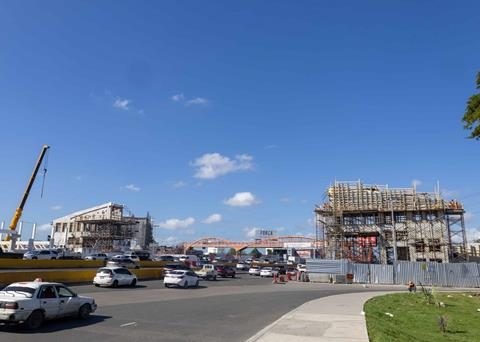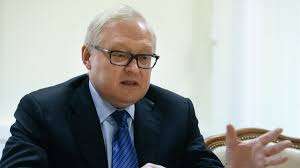AND
n the city of Los Angeles, California, home to hundreds of thousands of immigrants from Mexico, Central America and other countries, the ninth Summit of the Americas was held. At the same time, in Tapachula, Chiapas, one of the largest migrant caravans seen in recent years was being organized, including Central Americans, Colombians, Haitians and Venezuelans. In both locations, both in Los Angeles and in Tapachula, they live the sad reality of being forced to leave their country of origin because the living conditions are intolerable.
The Summit in Los Angeles offers us a dramatic contrast. On the one hand, there are the leaders, who, under pressure from the US, decided to deal with the issue of immigration. And on the other, there are thousands of immigrants, victims of the economic policies promoted by the elite of Latin America and the United States. By not including immigrants, the discussion between the leaders at the Summit seems to be the script for a theater of the absurd.
Much has been written and commented on the so-called Summit of the Americas and the unilateral decision of the US government to exclude Cuba, Nicaragua and Venezuela. Given these facts, leaders such as the Mexican Andrés Manuel López Obrador, the Honduran Xiomara Castro and the Bolivian Luis Arce, among others, did not attend. The position of these leaders put President Joe Biden on the defensive and highlighted the new reality that the United States faces in Latin America.
The first Summit was inaugurated in Miami by Bill Clinton with the purpose of promoting a Free Trade Area for the Americas (FTAA) and since its first meeting Cuba was excluded. The main goal of the Summit was always to ensure the US control of the region’s mineral wealth and access to its markets, and this objective has not changed. It should be noted that in this goal the US had the full support of the Latin American leaders, none criticized the objectives of the Summit. The same thing happened again when the meeting was held in Chile in 1998. It was not until 2001, when the Summit was held in Quebec, that dissenting voices began to be heard expressed by the then president of Venezuela, Hugo Chávez, who dared to claim the role of health, education and social inclusion. By holding the fourth Summit in Mar del Plata in 2005, criticism of Chávez in Quebec had become generalized, even including the rejection of the FTAA by countries that belonged to Mercosur such as Argentina, Uruguay and Brazil in the face of the US refusal to eliminate subsidies that supplied the agricultural sector of his country.
Much has changed since the first Summit in 1994, what has not changed is the US interest in exercising its dominance over Latin America, especially now that China has become an important economic partner for the countries of the region. Since 1994, even when the FTAA was not approved, neoliberal projects have been a determining factor in the economy of Latin America, promoting neo-extractivism that displaces thousands of people, while polluting the rivers. The emphasis on export agriculture, such as African palm and its oil in Honduras, displaces entire communities. The same happens in other countries. The national security policy and the supposed war against the narco it does little to promote public security and rather turns the State into a repressor of the population and criminalizes social protest. These factors drive immigration and were not discussed at the Los Angeles Summit.
Ignoring the past and seeking to reset his position in Latin America, Biden proposed what he called a new economic plan, now called the Alliance for Economic Prosperity in the Americas. Recycling proposals from the past, its main objectives are: 1) to revitalize regional economic institutions (read the use of the Inter-American Development Bank); 2) improve production chains; 3) update basic trading; 4) create clean energy jobs, and 5) ensure sustainable trade. Even though he did not offer further details, most of these proposals are already contemplated in the free trade agreements that the US has with Latin American countries. More importantly, none of these proposals will remedy the poverty faced by the population or stop immigration.
The leaders signed a mosaic of proposals that the US government called the Los Angeles Declaration on Immigration. They include a $3.2 billion private sector fund for developing
in Central America and a series of initiatives to employ braceros or humanize
immigration.
For its part, the US is committed to accepting 20,000 refugees from Latin America in two years, when it accepted 100,000 from Ukraine. In addition, it establishes the Operation Stingerwhere he proposes to dispatch 1,300 federal agents to Latin America to disrupt the human trafficking
constituting the repressive side of the so-called Los Angeles declaration.
The ninth Summit of the Americas will end the same as the previous eight. As time passes, the so-called achievements will fade. What does not change is the intention of the US to maintain its hegemony in the region. Neither proposal will curb immigration. Funds for the private sector imply more neo-extractivism, more industrial parks (maquiladoras) and the expansion of export agriculture and therefore more immigration. The funds promised by the US pale in comparison to the billions that immigrants themselves send back to their home countries in the form of remittances. Even though they are a determining factor in the US economy, and help keep the economy of their countries of origin afloat, immigrants were not considered at the so-called Summit of the Americas.
* Department of History, Pomona College, @mtinkersalas

